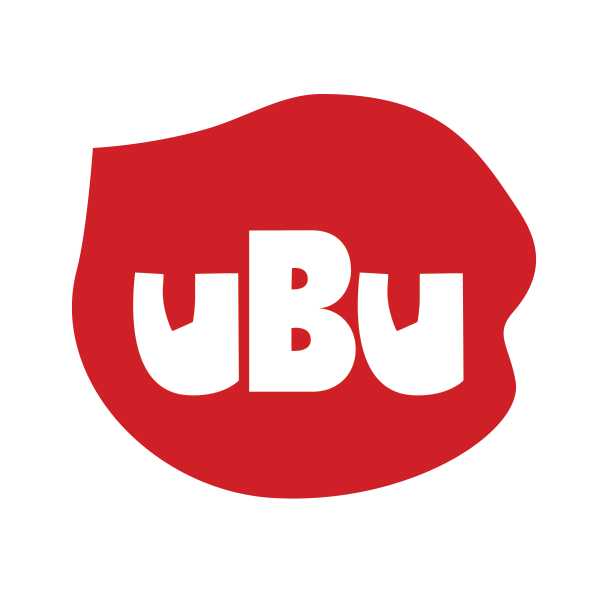
Hummus & Sustainability
Conventional hummus
We think about climate change often. The thing about conventional hummus is that it needs to be refrigerated from the moment it’s made till the moment you pull it out of the fridge to eat it. All of that weighs on us.

the plan
But what if it didn’t need to be refrigerated? What if it weighed half as much? What if we didn't need plastic?
- Step 1 is Hiker’s Hummus—which we’ve designed for hikers, campers, and anyone else who packs food to eat outdoors. Hiker's Hummus will help us build capacity.
- Step 2 is building a bigger facility that runs 100% on renewable energy to make freeze-dried hummus designed for the home.
- Step 3 is "greening" our supply chain and distribution—and that will be quite the challenge!

Sustainable Hummus?
We believe that chickpeas and hummus are important foods in a world with a changing climate and threatened ecosystems. Not only are chickpeas an inherently sustainable crop, but they're a rich source of plant protein. So finding a way to make and sell hummus while minimizing the impact of our business on the environment is a priority for us. Our plan will get us much closer to our goal.
What about now?
We endeavor to run an efficient operation that minimizes waste and does a lot with very little. Where possible, we use recyclable containers, either glass or 100% recycled PET. Our office space runs on renewable energy, mostly wind; which we also use to charge our company car. We are quite small, so our chief concern is building sustainability into the our plan for growth.
